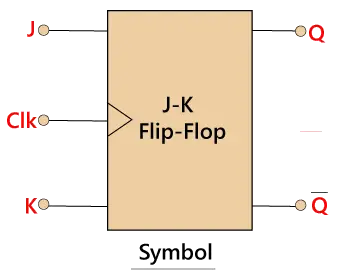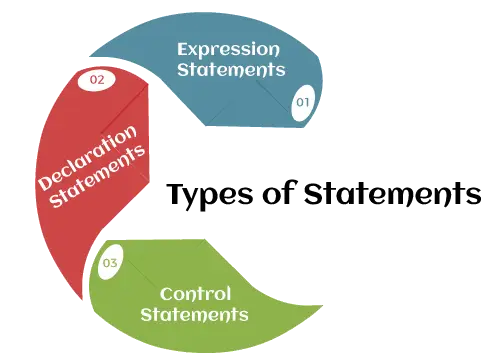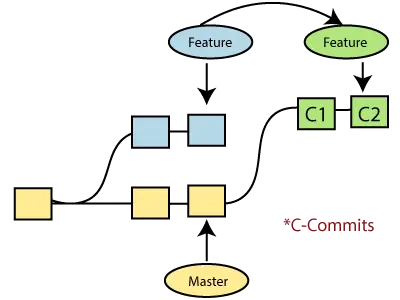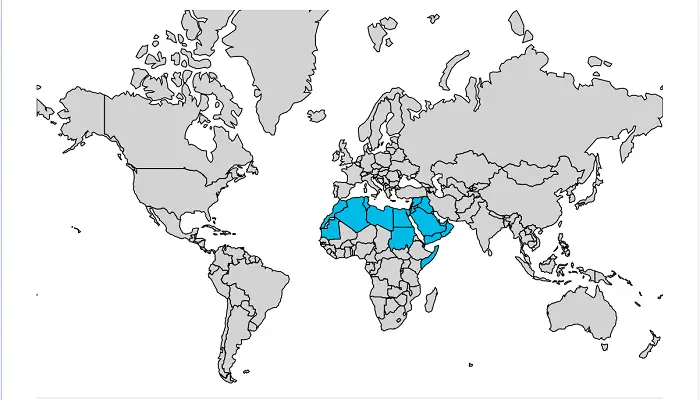Différence entre lancer et lancer en Java

Le throw and throws est le concept de gestion des exceptions où le mot-clé throw lève l'exception explicitement à partir d'une méthode ou d'un bloc de code tandis que le mot-clé throws est utilisé dans la signature de la méthode.
Il existe de nombreuses différences entre lancer et jette mots clés. Une liste des différences entre le lancer et les lancers est donnée ci-dessous :
| M. non. | Base des différences | lancer | jette |
|---|---|---|---|
| 1. | Définition | Le mot-clé Java throw est utilisé pour lancer une exception explicitement dans le code, à l'intérieur de la fonction ou du bloc de code. | Le mot-clé Java throws est utilisé dans la signature de la méthode pour déclarer une exception qui pourrait être levée par la fonction lors de l'exécution du code. |
| 2. | Type d'exception En utilisant le mot-clé throw, nous ne pouvons propager qu'une exception non vérifiée, c'est-à-dire que l'exception vérifiée ne peut pas être propagée en utilisant uniquement throw. | En utilisant le mot-clé throws, nous pouvons déclarer des exceptions cochées et non cochées. Cependant, le mot-clé throws peut être utilisé uniquement pour propager les exceptions vérifiées. | |
| 3. | Syntaxe | Le mot-clé throw est suivi d'une instance d'exception à lever. | Le mot-clé throws est suivi des noms de classe des exceptions à lever. |
| 4. | Déclaration | throw est utilisé dans la méthode. | throws est utilisé avec la signature de méthode. |
| 5. | Implémentation interne | Nous sommes autorisés à lancer une seule exception à la fois, c'est-à-dire que nous ne pouvons pas lancer plusieurs exceptions. | Nous pouvons déclarer plusieurs exceptions à l’aide du mot-clé throws qui peut être lancé par la méthode. Par exemple, main() renvoie IOException, SQLException. |
Exemple de lancement Java
TestThrow.java
public class TestThrow { //defining a method public static void checkNum(int num) { if (num <1) { throw new arithmeticexception('
number is negative, cannot calculate square'); } else system.out.println('square of ' + num (num*num)); main method public static void main(string[] args) testthrow obj="new" testthrow(); obj.checknum(-3); system.out.println('rest the code..'); < pre> <p> <strong>Output:</strong> </p> <img src="//techcodeview.com/img/exception-handling/22/difference-between-throw.webp" alt="Difference between throw and throws in Java"> <h2>Java throws Example</h2> <p> <strong>TestThrows.java</strong> </p> <pre> public class TestThrows { //defining a method public static int divideNum(int m, int n) throws ArithmeticException { int div = m / n; return div; } //main method public static void main(String[] args) { TestThrows obj = new TestThrows(); try { System.out.println(obj.divideNum(45, 0)); } catch (ArithmeticException e){ System.out.println('
Number cannot be divided by 0'); } System.out.println('Rest of the code..'); } } </pre> <p> <strong>Output:</strong> </p> <img src="//techcodeview.com/img/exception-handling/22/difference-between-throw-2.webp" alt="Difference between throw and throws in Java"> <h2>Java throw and throws Example</h2> <p> <strong>TestThrowAndThrows.java</strong> </p> <pre> public class TestThrowAndThrows { // defining a user-defined method // which throws ArithmeticException static void method() throws ArithmeticException { System.out.println('Inside the method()'); throw new ArithmeticException('throwing ArithmeticException'); } //main method public static void main(String args[]) { try { method(); } catch(ArithmeticException e) { System.out.println('caught in main() method'); } } } </pre> <p> <strong>Output:</strong> </p> <img src="//techcodeview.com/img/exception-handling/22/difference-between-throw-3.webp" alt="Difference between throw and throws in Java"> <hr></1)> Sortir:

Java lance et lance un exemple
TestThrowAndThrows.java
public class TestThrowAndThrows { // defining a user-defined method // which throws ArithmeticException static void method() throws ArithmeticException { System.out.println('Inside the method()'); throw new ArithmeticException('throwing ArithmeticException'); } //main method public static void main(String args[]) { try { method(); } catch(ArithmeticException e) { System.out.println('caught in main() method'); } } } Sortir:


















